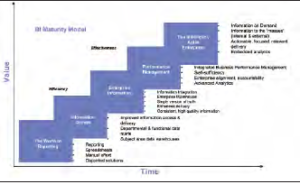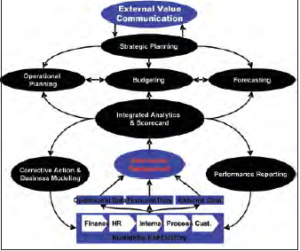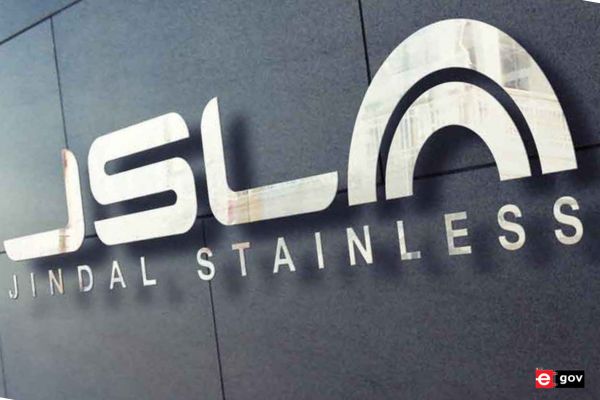Railroads require an integrated business application solution comprising of Business Intelligence and DW components to unlock the value of information hidden in enterprise systems
Indian Railways, for whom Freight Transport accounts for 70% revenues, as a case in point, have the following issues:
Higher demand for Freight and Passenger transport, with planned economic growth

-
Need for capacity enhancement in the Railway network over the next 10-15 years
-
Technological upgradation for better maintenance of railway assets
-
Greater competition from roadways, with major investments in highway network upgradation
-
Increase freight market share through higher availability of services at competitive prices
-
Greater attention to passenger services and safety
-
Heavily subsidised passenger fares, distorted passenger pricing
-
Upgradation of the Railway Production units for improved efficiency and productivity
-
Through the following diagram, Key Result Areas of a typical railroad company are illustrated:


Railroad organisations are using IT for greater efficiency in the following three key areas
- Freight revenue enhancement
- Passenger revenue enhancement
- Improved and optimised service
In most railroads the systems in the organisation are geared to run the train services. The same basic operational data about the trains, services, locations and rolling stock is manually keyed into several systems for the purpose of producing Management Information Systems (MIS). These are un-integrated stand-alone systems. The MIS currently is therefore fragmented, inaccurate and time consuming. It gives different answers to the same question depending upon which system has been interrogated.
Few inadequacies in these systems are:
- The same basic information from different systems does not match
- Users have no faith in Management Information System (MIS)
- There is a high level of frustration with the timeliness & quality of data
- Multiple applications are costly, and inaccurate
The systems also have limitations in their ability to provide an integrated framework to manipulate historical data and provide a common platform for complex analytics.
THE NEED OF THE HOUR FOR RAILROADS IS TO HAVE A
- Single point Management Information and Decision Support System (MI & DSS)
- To provide aggregate performance information with drill down facility
- To provide Historical Trend Analysis
- What-if Analysis and simulation
- Customer Behavioral Analysis
- Customer Service Analysis
- Revenue and Profi tability Analysis
- Operations Analysis
- Sales Analysis
HUMAN RESOURCE ANALYSIS
The typical evolution of Business Intelligence (BI) maturity is as per the table below. Most railroads are in the “Information Access” stage and aspire to be in the “Performance Management” space. Railroads require an integrated business
 application solution comprising of BI and DW components to unlock the value of information hidden in enterprise systems. Providing users with real-time, easy, and intuitive access to key operational metrics to monitor the health of the business and quickly react to changes in the business environment. This system would distill operational data and would use predictive analysis to enable Railroads to make betterinformed decisions for all aspects of the business—from route profi tability and network growth to platform modernisation and equipment utilisation—to best determine areas in which to invest or divest.
application solution comprising of BI and DW components to unlock the value of information hidden in enterprise systems. Providing users with real-time, easy, and intuitive access to key operational metrics to monitor the health of the business and quickly react to changes in the business environment. This system would distill operational data and would use predictive analysis to enable Railroads to make betterinformed decisions for all aspects of the business—from route profi tability and network growth to platform modernisation and equipment utilisation—to best determine areas in which to invest or divest.This would enable analysis and reporting of shipment performance and rolling stock asset utilisation. Railroads need to identify opportunities to increase the productivity of wagons and deliver improved reporting to internal and external stakeholders. This tool will allow multiple groups to view, monitor and address issues from both the shipment performance and asset utilisation perspectives.
 One way to manage such a diverse organisation is to use continuous feedback to gain visibility of the ‘result’. The feedback allows management to compare the planned result to the actual result and adjust the action accordingly.
One way to manage such a diverse organisation is to use continuous feedback to gain visibility of the ‘result’. The feedback allows management to compare the planned result to the actual result and adjust the action accordingly.Technology applications from Satyam help the rail industry evolve business solutions in enhancing revenue growth, while reducing cost through effi cient operations, maintenance, asset utilization and capacity management.
Satyam provides end-to-end railroad/transit application management services, including:
- Business Intelligence Solutions
- Track inspection system
- Signal asset tracking system
- Safety audit
- Bridge planner
- Equipment distribution and management
- Car accounting systems
- Rail yard information management
Satyam’s Rail competency covers both the Passenger and Freight segment. It has
- 175 man years of experience in Rail industry
- Tie up with Indian Railways Institute for Signal
- Engineering and Telecommunications (IRISET) for periodical training
- One of the largest IT consulting practise for Railroad industry in India
- Been rated as “Strongest” for consulting capabilities among Indian IT vendors
Satyam’s partial list of customers include the largest railroad in North America, Australia’s largest rail operator, Japan Railway Group, Australian Rail Corporation and a leading train company in UK, to name a few.
Be a part of Elets Collaborative Initiatives. Join Us for Upcoming Events and explore business opportunities. Like us on Facebook , connect with us on LinkedIn and follow us on Twitter, Instagram.











